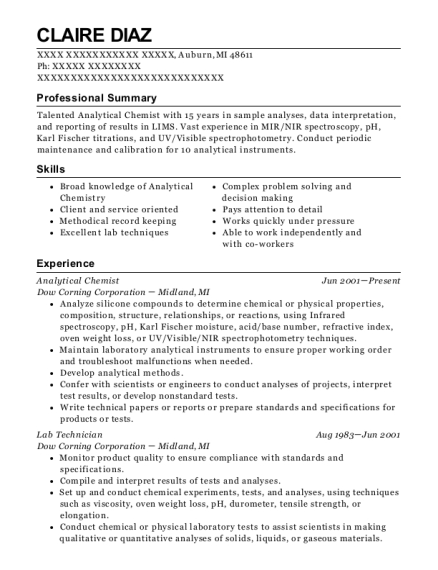Advertising in schools is a controversial topic that has sparked debate among educators, policymakers, and parents for many years. On one hand, some argue that advertising in schools can provide valuable financial resources for underfunded schools and give students exposure to the real world of marketing and consumerism. On the other hand, others argue that advertising in schools can be distracting, manipulative, and harmful to students' wellbeing and education. In this essay, I will examine both sides of the argument and ultimately argue that advertising should not be allowed in schools.
One argument in favor of advertising in schools is that it can provide a source of funding for schools that are struggling financially. Many schools, particularly those in low-income areas, have limited resources and struggle to provide basic supplies and materials for their students. Advertising in schools, whether through corporate sponsorships or advertising on school property, can provide a source of additional income that can be used to purchase much-needed resources or to fund extracurricular activities and programs.
However, the financial benefits of advertising in schools are often overstated and do not outweigh the potential negative impacts. While it is true that advertising can provide a source of funding for schools, it is often a small fraction of the overall budget. In addition, the financial benefits of advertising are often short-term and do not guarantee long-term sustainability. Schools that rely heavily on advertising may find themselves in a difficult position if the funding dries up or if the company pulls out of the sponsorship.
Another argument in favor of advertising in schools is that it can provide students with exposure to the real world of marketing and consumerism. Some argue that advertising can be used as a teaching tool to help students understand how marketing works and how to be savvy consumers. However, this argument is flawed because it assumes that students need to be exposed to advertising in order to learn about marketing and consumerism. In reality, students can learn about these concepts through other methods, such as classroom instruction and media literacy programs.
Furthermore, the argument that advertising in schools can be used as a teaching tool is problematic because it assumes that students are capable of understanding the persuasive techniques used by advertisers. However, research has shown that children and adolescents are particularly susceptible to the influence of advertising because they have not yet developed the critical thinking skills and media literacy needed to fully evaluate the messages they see and hear. As a result, exposing students to advertising in schools can be harmful because it may lead them to make decisions based on the desires of advertisers rather than their own interests and values.
In addition to the potential financial and educational benefits, there are several other arguments against advertising in schools. For example, advertising in schools can be distracting and disrupt the learning environment. Students may be more interested in the advertisements they see or hear than the lessons being taught, which can interfere with their ability to concentrate and absorb information. Advertising can also create an atmosphere of consumerism and materialism that is not conducive to learning and personal growth.
Moreover, advertising in schools can be manipulative and exploit the trust and authority of educators. Advertisers may use persuasive techniques to influence students' purchasing decisions, and students may be more likely to trust and follow the recommendations of teachers or other authority figures who promote certain products or brands. This can be particularly harmful if the products or brands being advertised are unhealthy or otherwise harmful to students' wellbeing.
In conclusion, while it is true that advertising in schools can provide a source of funding and expose students to the real world of marketing and consumerism, these benefits are outweighed by the potential negative impacts. Advertising in schools can be distracting, manipulative, and harmful to students' wellbeing and education. For these reasons, I argue that advertising should not be allowed in schools. Instead, schools should seek alternative sources
An analytical summary is a type of summary that goes beyond simply summarizing the main points of a text or piece of media. It involves analyzing and interpreting the information presented in the text and providing a summary that reflects this analysis. A sample analytical summary might look something like this:
Title: "The Impact of Social Media on Modern Politics"
In this article, the author examines the role that social media plays in modern politics. The author begins by discussing the widespread use of social media by politicians and political campaigns as a way to connect with voters and promote their messages. However, the author also notes that social media can be a double-edged sword, as it can also be used to spread misinformation and propaganda, leading to the erosion of trust in political institutions.
The author cites several examples of how social media has been used in this way, including the use of bots to spread fake news and the manipulation of algorithms to promote certain political viewpoints. The author also discusses the potential consequences of this, such as the polarizing of political discourse and the undermining of democratic values.
Overall, the author argues that while social media can be a useful tool for political communication, it must be used responsibly and with caution in order to avoid negative consequences. The article concludes by calling for more research and regulation in this area to ensure that social media is used ethically and transparently in political campaigns.
In this analytical summary, the main points of the article are summarized and the author's analysis and interpretation of these points is provided. The summary highlights the main arguments made by the author and the examples used to support these arguments, as well as the conclusion reached by the author. It also provides a brief overview of the potential consequences of the use of social media in politics, as well as the suggestions made by the author for addressing these issues. Overall, an analytical summary should provide a thorough and thoughtful summary of a text or piece of media, while also reflecting the writer's own analysis and interpretation of the information presented.







